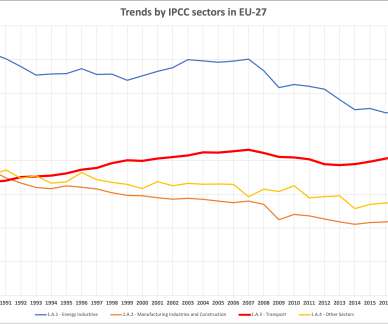Argonne study finds shale gas GHG lifecycle emissions 6% lower than natural gas, 23% lower than gasoline and 33% lower than coal; upstream methane leakage a key contributor
Green Car Congress
DECEMBER 18, 2011
Gasoline section shows results for fuel derived from both conventional oil and oil sands. However, the range in values for shale and conventional gas overlap, so there is a statistical uncertainty whether shale gas emissions are actually lower than those of conventional natural gas. Credit: ACS, Burnham et al.








































Let's personalize your content